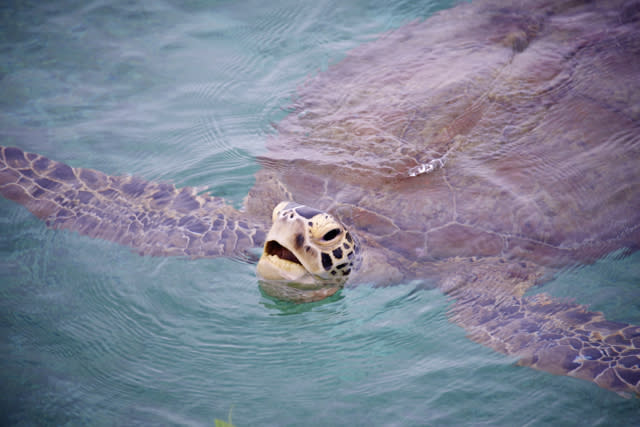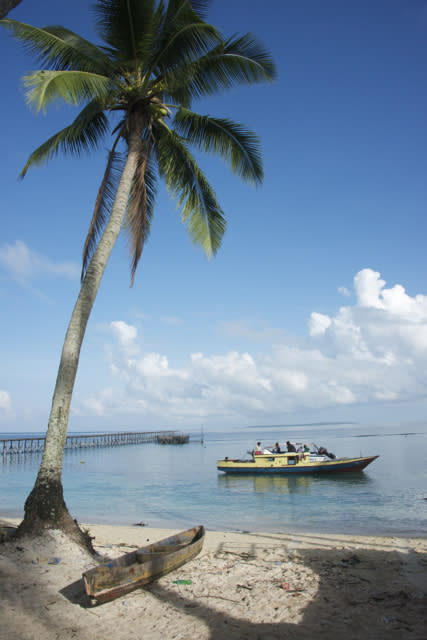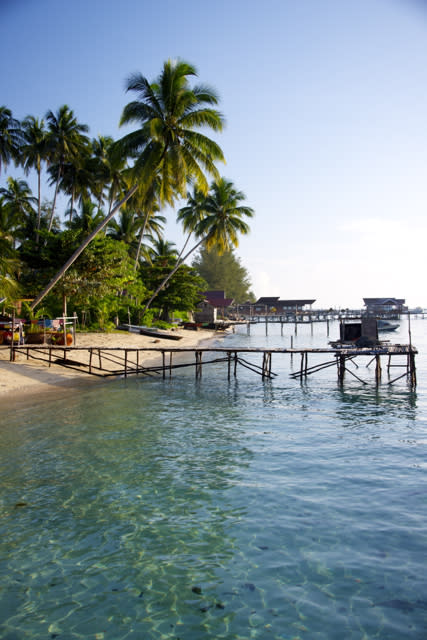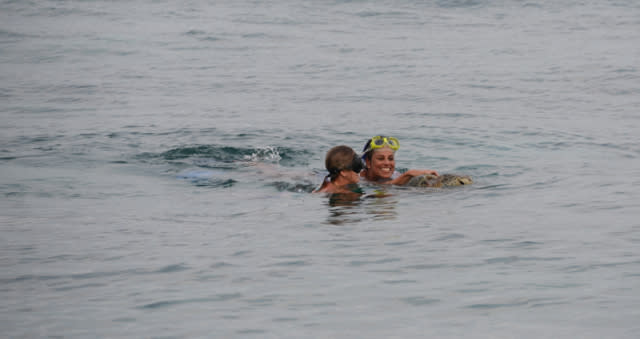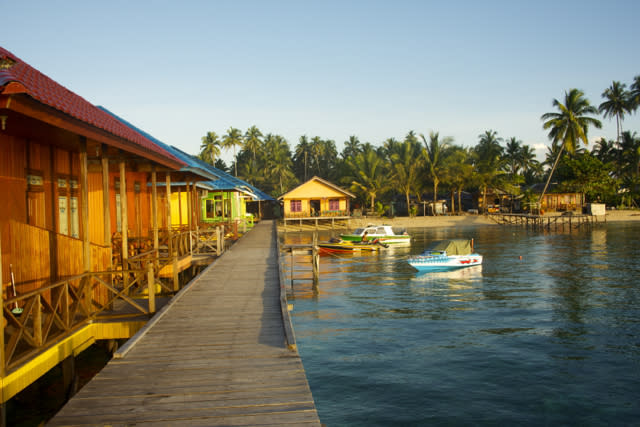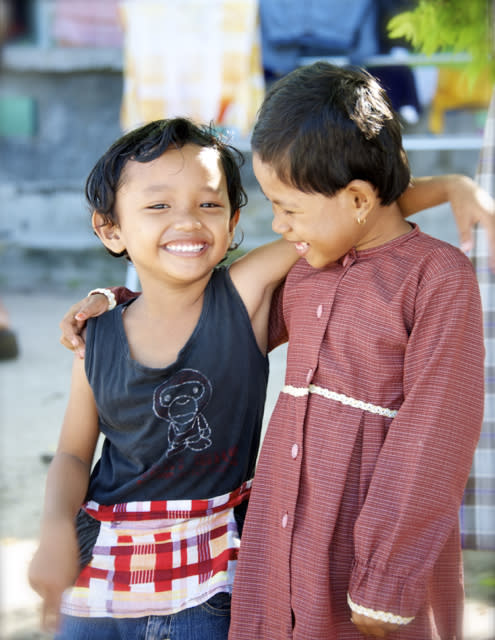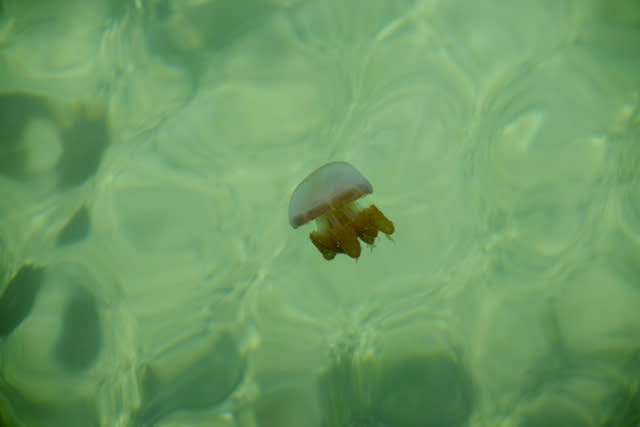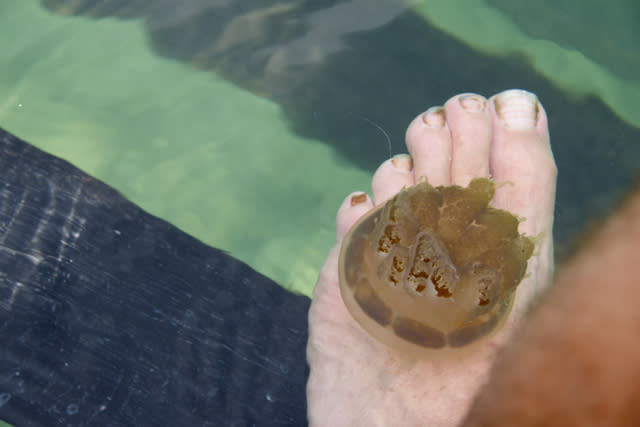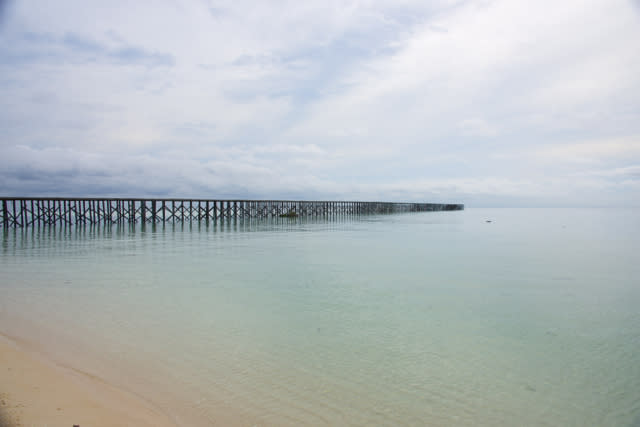Turtle riding in Derawan Islands, East Kalimantan
“Ever heard about turtle riding?” inquired my guide in Derawan Island, East Kalimantan.
The guide, who is from the region’s indigenous Dayak tribe, said it was quite safe to ride on the back of the sea turtle, so with a bit excitement, bravado and anxiety off I jumped from the jetty and clambered atop a back of a friendly-looking turtle swimming in the clear water.
The turtle and I made eye contact as I repositioned myself on its back before we glided smoothly forward –its flippers propelling in a slow, rhythmic pace. It was quite a magical experience.
After around five minutes ride, the turtle took its call to dive down to the bottom of the sea so I released my grip and waited for it to come back to surface before I could catch another free ride.
The turtle ride is just one chapter in my Derawan experience. I was staying in one of the island’s small dive resorts, which feature bungalows and a restaurant perched above the water.
Derawan Island is accessible from Tarakan, East Kalimantan, by a three-hour boat trip. The local islands, which comprise Pulau Panjang, Raburabu, Samama, Sangalaki, Kakaban, Nabuko, Marantua and Derawan, are situated in Berau district.
This area houses reefs delta such as Gusung Muara, Gusung Pinaka, Gusung Buliulin, Gusung Masimbung and Gusung Tababinga.
Coral reefs bursting with color and life surround this cluster of islands, making home for around 870 species, ranging from pygmy and seahorses, sea sponges and sea worms to giant manta rays.
After the turtle riding adventure, I took a day trip from Derawan to Sangalaki Island, a protected marine area and a home to a turtle hatchery-breeding program where turtle eggs are incubated, tagged and protected.
My travel needs for this trip consisted merely of a pre-packed picnic, some drinks and a boat, and all of this was easily arranged in Derawan.
Other than being a center for turtle conservation programs, Sangalaki Island is known to be the habitat of the manta ray: huge sea dwellers with imposing, wing-like fins. These creatures are around four meters in width and can be seen gliding up to the surface and those with extra courage can try getting closer to them.
The Kakaban Island is home to Lake Kakaban, which is also known as Jellyfish Lake.
Initially there were four species of jellyfish living in the lake. Over time they evolved into stingless and harmless types.
Swimming in a sea of jellyfish of various shapes and sizes was a most surreal sensation.
There is only one lake similar to the Kakaban jellyfish lake in the world, and that is in Palau. Kakaban Island itself is actually a raised coral atoll and the lake contains trapped sea water. Over time, the water’s ecosystem has evolved into the unique one it is today.
The Derawan Islands will host the Derawan Festival in June this year in line with the Sail Komodo, an annual maritime event designed as part of the government’s efforts to promote East Nusa Tenggara (NTT) as world tourist destination.
Read also:


